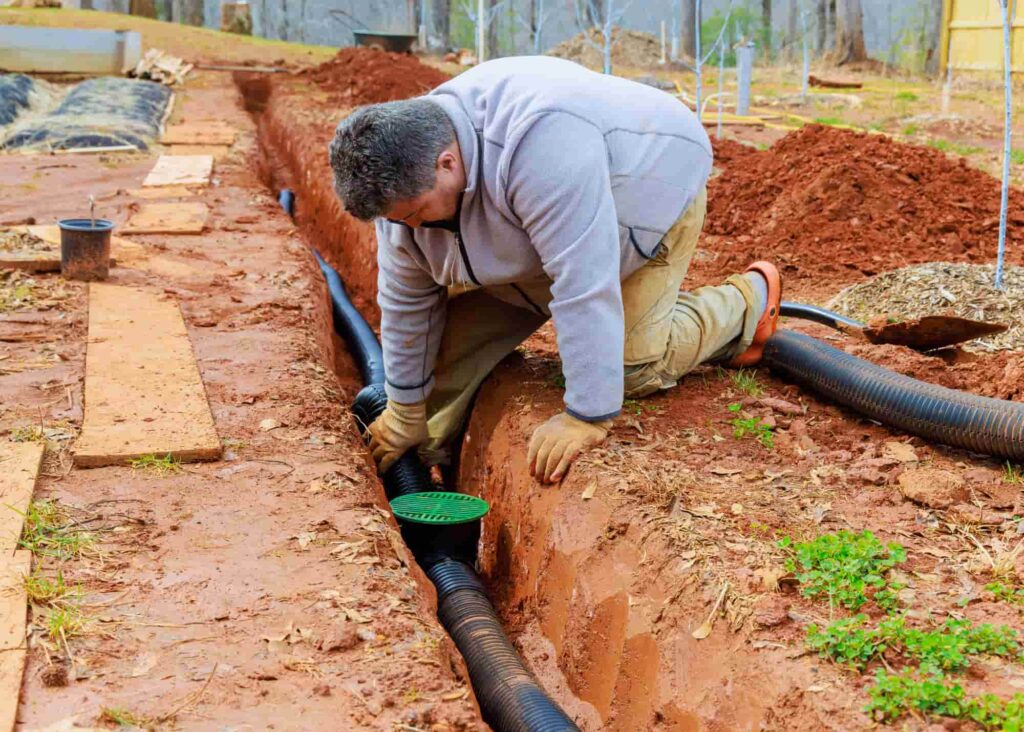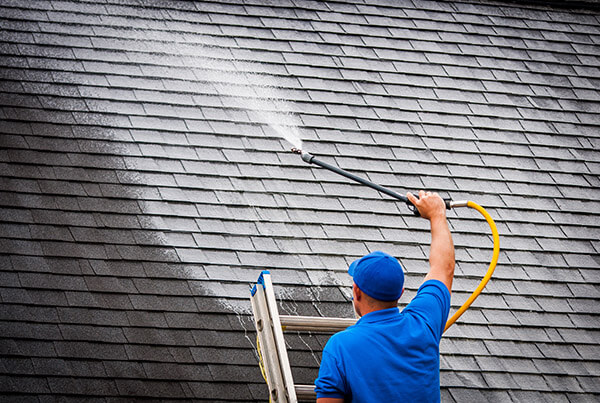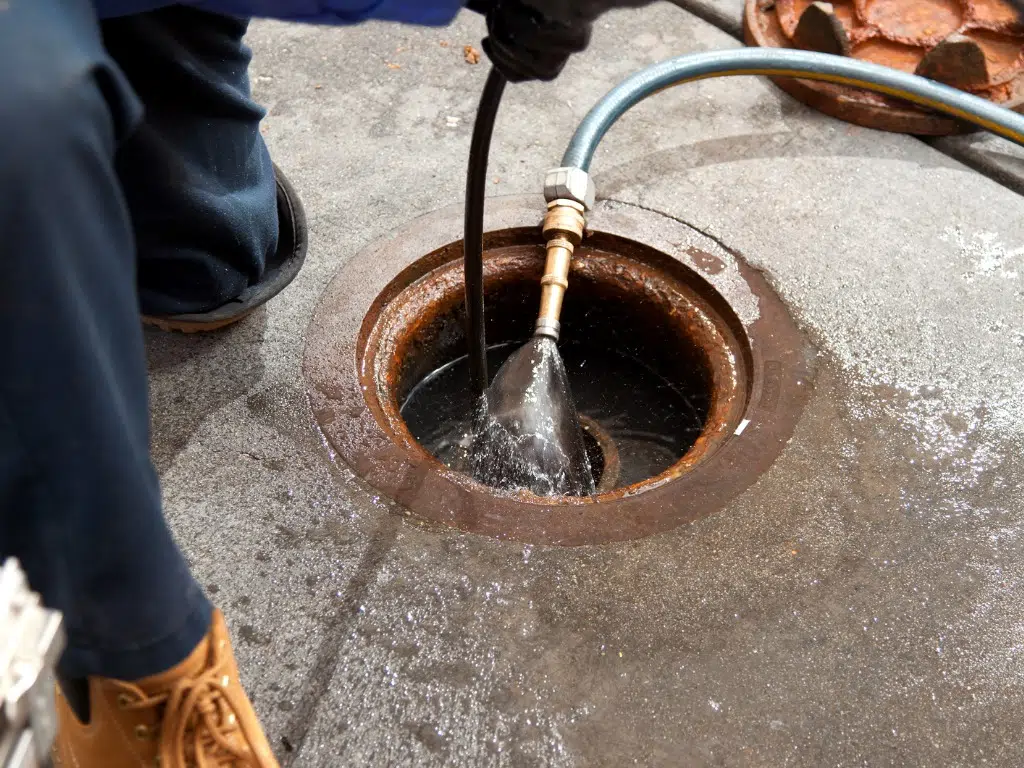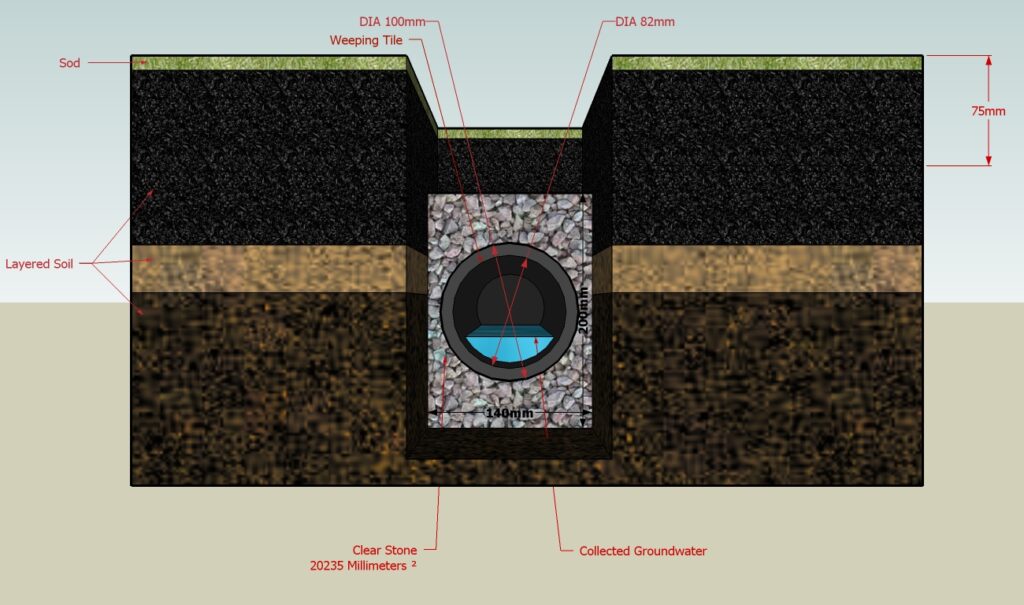Backyard flooding isn’t just a nuisance; it can damage your landscaping, kill your plants, erode soil, and even compromise your home’s foundation. Whether your yard turns into a swamp after every rain or you just deal with occasional pooling, the key is understanding your drainage problems and applying the right mix of solutions.
This guide walks you through both DIY fixes and professional interventions that can help you reclaim your yard and prevent future flooding.
Assess the Problem First
Before you grab a shovel or call in a contractor, evaluate the extent of the flooding:
- Where does the water collect? Near the house? In low spots?
- How often does it flood? After every storm, or only during downpours?
- What’s your yard’s slope? Improper grading often causes water to pool.
Use this information to decide whether basic DIY fixes will suffice or if professional drainage solutions are necessary.
DIY Flooding Fixes to Start With
If your backyard flooding is mild or intermittent, try these low-cost, high-impact approaches first:
1. Rain Garden Installation
Create a shallow depression where runoff tends to collect, then fill it with native, flood-tolerant plants like coneflowers or switchgrass. The roots absorb excess water and improve infiltration.
- Keep the garden at least 10 feet from your house.
- Make sure there’s an overflow path.
2. Plant Native Trees and Shrubs
Strategically plant water-absorbing trees like river birch, red maple, or black gum in soggy areas. Dense vegetation helps slow runoff and encourages infiltration.
- Avoid planting too close to foundations or underground utilities.
3. Mulch Smartly
Spread 2-3 inches of organic mulch in problem zones to slow water flow and increase soil absorption.
- Avoid piling mulch against your house; leave a 6-inch buffer.

4. Aerate and Amend Your Lawn
Compacted soil is one of the biggest culprits in backyard flooding. Use a core aerator and add compost or sand to improve permeability.
- Aerate twice per year for best results.
5. Install a Rain Barrel
Capture roof runoff before it hits your lawn with a 55-gallon rain barrel.
- Install diverters on your downspouts.
- Use the collected water for gardening.
6. Regrade the Yard (If You Can)
Slight adjustments in your yard’s grade can redirect water away from your house.
- Focus on creating a 1-2% slope (about a 1” drop per 10 feet).
- Avoid changing elevations near utility lines.
7. Clear Nearby Drains and Gutters
Clogged storm drains or gutters can cause backups.
- Clear debris every season or after heavy storms.
- Make sure downspouts discharge at least 3 feet from your foundation.
Professional Fixes for Severe Flooding
If your yard looks like a pond after every rain or the water is threatening your foundation, it’s time to bring in the pros. Here are your best options:
1. French Drains
A classic solution: a gravel-filled trench with a perforated pipe that redirects water away from soggy areas.
- Ideal for areas with consistent standing water.
- Requires precision installation to ensure proper slope and longevity.
2. Dry Wells
These underground containers collect excess water and slowly disperse it into the surrounding soil.
- Place at the lowest point in your yard.
- Ensure adequate size and drainage field.
3. Sump Pump Systems
If water regularly reaches your foundation or basement, install a sump pump to physically remove it.
- Best for high water tables or yards next to wetlands.
- Requires regular testing and maintenance.
4. Curtain Drains
Shallower than French drains, these are designed to handle surface water.
- Best for redirecting water off the surface rather than underground seepage.
5. Pop-Up Emitters
These connect to underground drainage pipes and release water away from your yard through a pop-up outlet.
- Useful in smaller yards or where surface runoff is the main issue.
6. Professional Grading Services
When the problem lies in your yard’s natural contours, a professional regrading job might be your only fix.
- Ensure the slope moves water away from structures without pushing it onto a neighbor’s property.
Long-Term Maintenance and Prevention
Stopping flooding isn’t just a one-time job. Prevention keeps the problem from returning. Here’s what to do:
- Maintain gutters and downspouts: Clean regularly and ensure water is diverted far from your foundation.
- Aerate and seed lawns seasonally: Healthy soil is better at absorbing water.
- Inspect regularly: After big storms, walk the yard to check for new pooling or erosion.
- Use permeable hardscapes: Instead of concrete, use gravel paths, spaced pavers, or permeable bricks.
- Install swales: These shallow channels guide water to a safe exit point.
How We Turned Flooded Yard To Dream Yard
Final Thoughts
Backyard flooding doesn’t have to ruin your outdoor space or threaten your home. Most problems can be managed with a combination of smart DIY solutions and, when needed, professional help. Start with a simple assessment, implement water-absorbing techniques, and call in drainage experts when the issue is bigger than a rain garden can fix.
The result? A usable, attractive, and flood-resistant yard that works with the weather—not against it.








